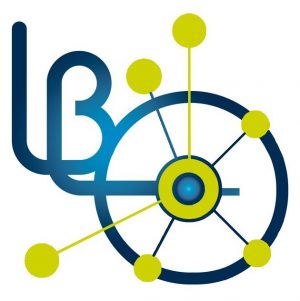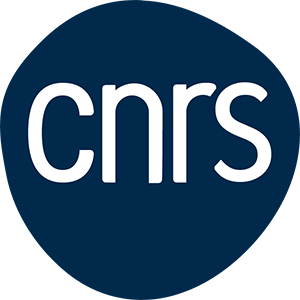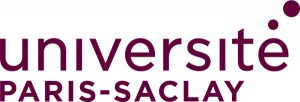Michal Swierczewski, Fabrice Cousin, Ewa Banach, Arnulf Rosspeintner, Latevi Max Lawson Daku, Abolfazl Ziarati, Rania Kazan, Gunnar Jeschke, Raymond Azoulay, Lay-Theng Lee, Thomas Bürgi
A bidentate chiral dithiol (diBINAS) is utilised to bridge Au25 nanoclusters to form oligomers. Separation by size allows the isolation of fractions that are stable thanks to the bidentate nature of the linker. The structure of the products is elucidated by small-angle X-ray scattering and calculated using density functional theory. Additional structural details are studied by diffusion-ordered nuclear magnetic resonance spectroscopy, transmission electron microscopy and matrix-assisted laser desorption/ionization time of flight mass spectrometry. Significant changes in the optical properties are analysed by UV-Vis and fluorescence spectroscopies, with the latter demonstrating a strong emission enhancement. Furthermore, the emergent chiral characteristics are studied by circular dichroism. Due to the geometry constraints of the nanocluster assemblies, diBINAS can be regarded as a templating molecule, taking a step towards the directed self-assembly of metal clusters.
Exceptionally stable dimers and trimers of Au25 clusters linked with a bidentate dithiol: synthesis, structure and chirality study
Michal Swierczewski, Fabrice Cousin, Ewa Banach, Arnulf Rosspeintner, Latevi Max Lawson Daku, Abolfazl Ziarati, Rania Kazan, Gunnar Jeschke, Raymond Azoulay, Lay-Theng Lee, Thomas Bürgi, Angewandte Chemie Int. Ed. 62(16) (2023) e202215746




